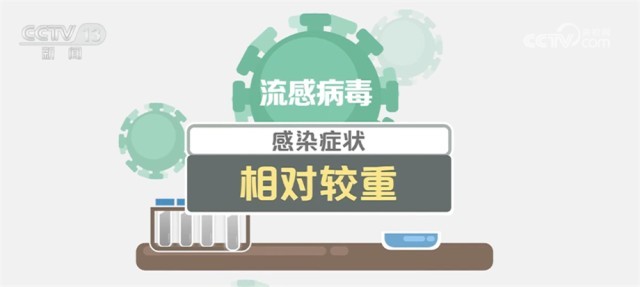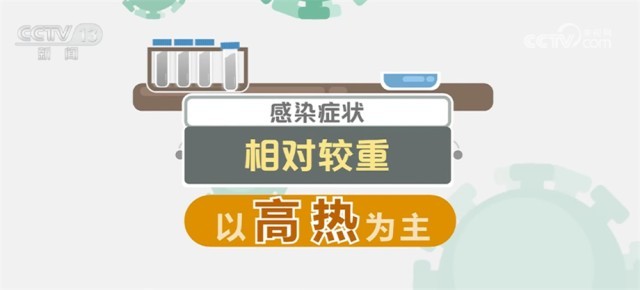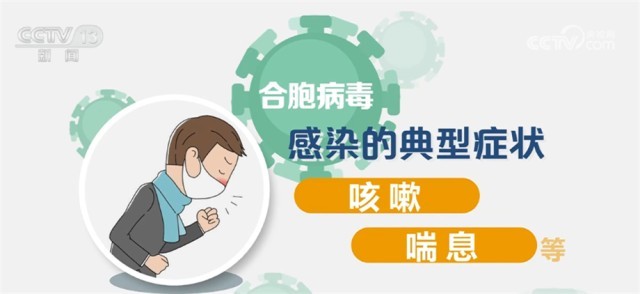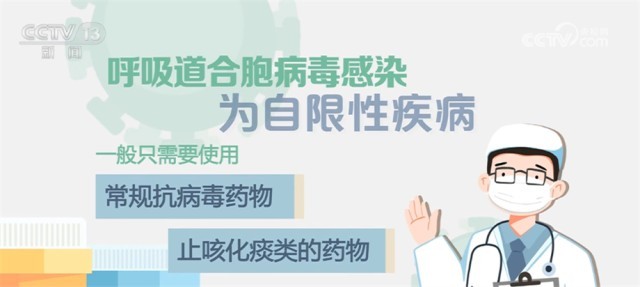CCTV News:Recently, the number of pediatric fever outpatients in some medical institutions has increased, and many children have been infected with respiratory syncytial virus. What is respiratory syncytial virus? What harm does it have? Let’s look at the expert interpretation.
The symptoms of respiratory syncytial virus infection are mainly nasal congestion, runny nose, cough, expectoration, fever, etc. Respiratory syncytial virus spreads through droplets and close contact, and infants and the elderly with weak constitution are prone to infection.
Xu Baoping, Director of the Department of Respiratory Medicine, Beijing Children’s Hospital affiliated to Capital Medical University:Respiratory syncytial virus (RSV) is the most common virus pathogen in our children. Although infants are infected with lower respiratory tract, bronchiolitis and pneumonia, the most important infection in older children is the common cold.
According to experts, in the northern region, respiratory syncytial virus is generally more common in winter and spring. In the past three years, because the public maintained good hygiene habits of wearing masks and washing their hands frequently, the infection rate was low. This year, due to the increase of public activities, the infection rate of respiratory syncytial virus has also increased, and the peak of infection has been relatively delayed.
How to distinguish influenza, COVID-19 and syncytial virus?
So, what’s the difference between respiratory syncytial virus and influenza and Covid-19? How should parents respond scientifically? Continue to look at the expert interpretation.


Experts say that if there is no Covid-19 infected person in the family, the child will suddenly have symptoms such as fever and cough, and respiratory syncytial virus infection is more likely. The symptoms of influenza virus infection are relatively severe, mainly high fever, which often leads to aches all over, nausea and vomiting, while the typical symptoms of syncytial virus infection are cough and wheezing. Respiratory syncytial virus infection is a self-limited disease. Generally, only conventional antiviral drugs and cough-relieving and phlegm-resolving drugs are needed, and most of the symptoms will disappear within 1 to 2 weeks. After being infected with respiratory syncytial virus, the immunity can only last for a few months, so the child was infected last year and may be reinfected the next year. To prevent respiratory syncytial virus infection, we must first develop good hygiene habits.


Xu Baoping, Director of the Department of Respiratory Medicine, Beijing Children’s Hospital affiliated to Capital Medical University:For example, keep a proper social distance, go to crowded places less in this season of high incidence of respiratory infections, and do not advocate going to school or work despite illness. When going to the hospital for medical treatment, we should wear masks or masks and do a good job of protection.